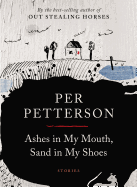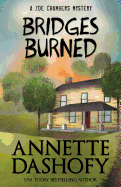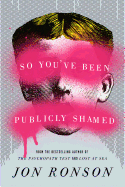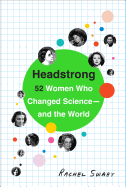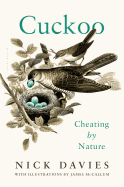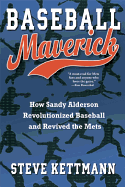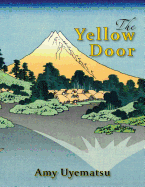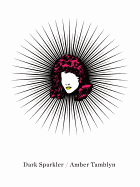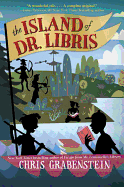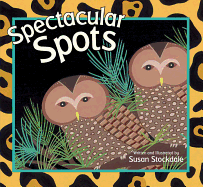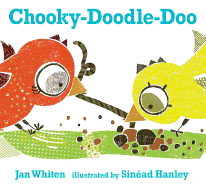 |
| photo: Emli Bendixen |
Much has been made over the potential of the Internet to empower citizens, giving a voice to those who otherwise might not be heard. That's the positive side. There's also the empowerment of the angry mob--if you're judged to be out of line, say the wrong thing, tweet the ill-considered joke--you may find yourself without a job, without friends, and with a long list of enemies working diligently to scare you into submission. Jon Ronson's So You've Been Publicly Shamed (our review is below) is an engrossing account of people who have had this experience, and it digs deep into some of the psychology that fuels this behavior and the consequences for people on both sides of the shaming.
Ronson is a Welsh journalist, author, documentary filmmaker and radio presenter, whose books include Them: Adventures with Extremists, The Psychopath Test: A Journey Through the Madness Industry and The Men Who Stare at Goats.
Shaming and online abuse have been attracting attention lately--your book, of course, but also stories about how bad Twitter is at dealing with trolling; the case of a man caught profiting from blackmailing women who's now is trying to force Google to remove links to stories about him; Keith Olbermann being suspended for a week for a snarky tweet, which led to calls for his firing; the Brian Williams fiasco and so on. What's going on? Are we reaching critical mass?
And there's Monica Lewinsky's great TED talk, too. I think with social media, we've sleepwalked into creating for ourselves a surveillance society. We're meting out devastating punishments for the tiniest transgressions. And we're just beginning to realize this can't go on. Especially because we're punishing people with the thing we're most afraid might happen to us--a public shaming followed by a casting out into the wilderness. As I said to one shamed person, "What happened to you is my worst nightmare." And he replied, "Yeah. It was mine, too." I just came back from a U.K. book tour, and at one signing a child therapist told me that every child she sees these days was damaged because of something that happened on social media. I hope my book might help to change things. I've worked hard to make readers really feel the terror. With my book I'm saying, "Here are the people we destroyed. Do we want to keep doing it?"
 How does it happen that we've created this surveillance society? It's as if we have 1984 and Brave New World genetically programmed. I think your book is a wake up call, but I wonder if the anger people feel can be tempered, when semi-anonymous retribution is always a tweet away.
How does it happen that we've created this surveillance society? It's as if we have 1984 and Brave New World genetically programmed. I think your book is a wake up call, but I wonder if the anger people feel can be tempered, when semi-anonymous retribution is always a tweet away.
We hate the surveillance societies represented in Brave New World and 1984, and we're still creating one for ourselves! Which is why I'm convinced we aren't thinking it through. And as soon as we start thinking it through, we'll start being kinder and more compassionate and less likely to tear our fellow humans apart for nothing. I hope that my book, and Monica Lewinsky's brilliant TED talk, can start a bit of a conversation... and maybe in the weeks and months to come people will just begin to notice that they haven't destroyed anyone in a while....
How do we determine where the line is between public shaming and abuse?
I think a well-meaning public shaming by mainstream people like us can be more devastating to the shamed person than abuse. Which is one reason why my book is against many righteous shamings too. Look at Justine Sacco [whose tweets sent on a trip to South Africa caused a reaction that ruined her life]. A smattering of violent trolls piled into her, but trolls didn't destroy her. Nice people like us did. If you're attacked by trolls, people will be sympathetic to you. And that really helps. When you're attacked by everyone--like Justine was--it's devastating. It's profoundly traumatizing. And she didn't deserve it.
I asked a question recently of Jennifer Jacquet, for her book Is Shame Necessary?, in which she writes about the limits of shaming, citing as an example the criminals forced by judges to wear shirts announcing their crimes to the public, which many people feel is dehumanizing. However, there's a growing sentiment in the United States that the justice system is failing everyone except the wealthy. How can shame be applied in a way that causes change but doesn't cross the line into a metaphorical public flogging?
I'm a fan of the site Everyday Sexism. Women write in with stories about whatever sexist comment was thrown at them that day. There's a vast amount of misogyny out there and Everyday Sexism highlights it in a way that should bring about change. And the sexist is never--to my knowledge--named and shamed. It points out the problem without pillorying anyone. Isn't that lovely? Same with the "I Can't Breathe" protests organized on social media in the aftermath of the death of Eric Garner. By the way, it's funny you should mention the judges forcing criminals to wear placards. In the book I meet one of these judges and I meet criminals forced to walk up and down with the placards. My conclusion is that the kind of social media shaming we mete out is worse than that. When you're holding a placard, passers-by yell out supportive things. "It's going to be okay." When you're being destroyed on social media, nobody yells out anything supportive. We're too frightening. Almost nobody was defending Justine Sacco. Now that we hold the power, it's incumbent upon us to become less monstrous. --Matthew Tiffany, LCPC, writer for Condalmo and psychotherapist
Jon Ronson: Shaming and Power
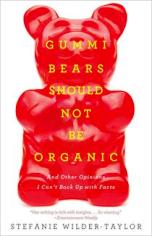 Which is why reading Stefanie Wilder-Taylor's Gummi Bears Should Not Be Organic (Gallery Books, paperback, $15) was a lifesaver in my attempts to avoid sugar-crazed children and the latest political debate playing out on TV. I could have been crying over a frustrating situation; instead, I was laughing maniacally at Wilder-Taylor's (Naptime Is the New Happy Hour) hilarious take on modern-day parenting. I was cackling so loudly at her description of wearing the same yoga pants for several days (without doing any yoga) and her side-splitting take-down of parents who insist their children are "highly gifted" that I nearly drowned out O'Reilly. Hers is a voice that cuts through all of the pressure of parenting (the healthy snacks! the competitive fundraising!) and says, "Everybody chill! And eat a sleeve of Thin Mints if you need to."
Which is why reading Stefanie Wilder-Taylor's Gummi Bears Should Not Be Organic (Gallery Books, paperback, $15) was a lifesaver in my attempts to avoid sugar-crazed children and the latest political debate playing out on TV. I could have been crying over a frustrating situation; instead, I was laughing maniacally at Wilder-Taylor's (Naptime Is the New Happy Hour) hilarious take on modern-day parenting. I was cackling so loudly at her description of wearing the same yoga pants for several days (without doing any yoga) and her side-splitting take-down of parents who insist their children are "highly gifted" that I nearly drowned out O'Reilly. Hers is a voice that cuts through all of the pressure of parenting (the healthy snacks! the competitive fundraising!) and says, "Everybody chill! And eat a sleeve of Thin Mints if you need to."



 How does it happen that we've created this surveillance society? It's as if we have 1984 and Brave New World genetically programmed. I think your book is a wake up call, but I wonder if the anger people feel can be tempered, when semi-anonymous retribution is always a tweet away.
How does it happen that we've created this surveillance society? It's as if we have 1984 and Brave New World genetically programmed. I think your book is a wake up call, but I wonder if the anger people feel can be tempered, when semi-anonymous retribution is always a tweet away.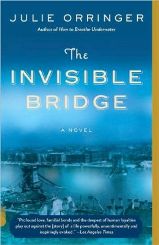 In Julie Orringer's 2010 novel, The Invisible Bridge (Vintage Contemporaries), a Hungarian-Jewish student named Andras Lévi arrives in Paris in 1937 to study architecture and deliver a mysterious letter. As Europe drives ever closer to the outbreak of World War II, Andras studies at the École Spéciale d'Architecture, works in a theater and falls for Klara, a Hungarian ballet instructor with a daughter and a dark past. Once war begins, the pair must flee back to Hungary, and soon their lives descend into horror.
In Julie Orringer's 2010 novel, The Invisible Bridge (Vintage Contemporaries), a Hungarian-Jewish student named Andras Lévi arrives in Paris in 1937 to study architecture and deliver a mysterious letter. As Europe drives ever closer to the outbreak of World War II, Andras studies at the École Spéciale d'Architecture, works in a theater and falls for Klara, a Hungarian ballet instructor with a daughter and a dark past. Once war begins, the pair must flee back to Hungary, and soon their lives descend into horror.